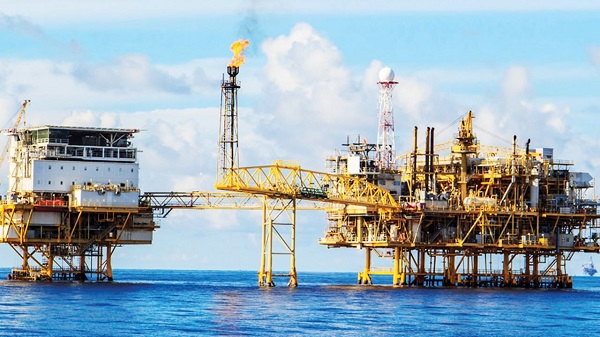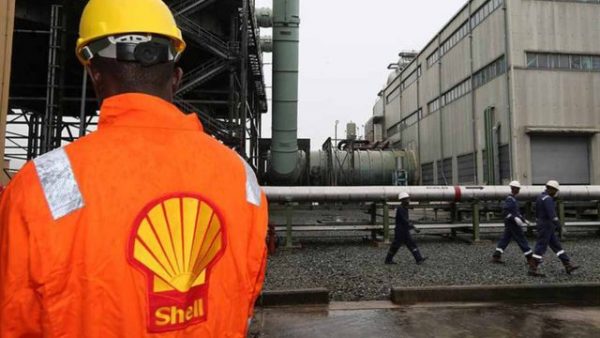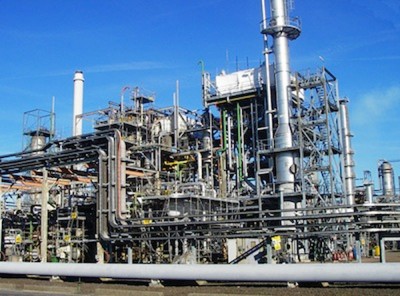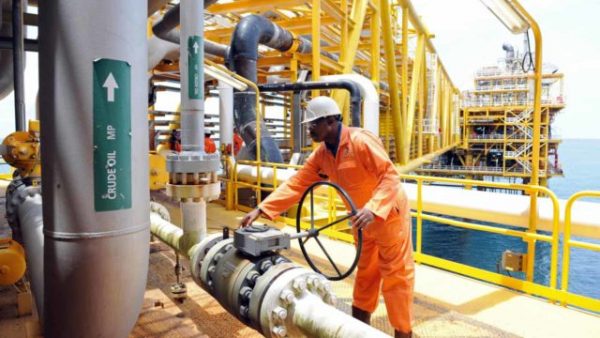Millions of barrels of oil are reportedly about to flood global markets as a result of Europe’s desperate attempt to save the Iranian nuclear agreement. If Tehran’s recent comeback is any indication, this time around may be quick.
According to the International Energy Agency, should a deal actually happen, Iran could increase shipments within months, increasing supply by hundreds of thousands of barrels a day by the end of the year. That would ease the pressure on a constrained international market that has been disturbed by Russia’s invasion of Ukraine.

Iran’s petroleum output was restored more quickly and thoroughly than analysts had projected when sanctions were lifted after the 2015 agreement. That accomplishment may be duplicated if there is no sign of harm to oil fields or facilities. In addition, the country in the Persian Gulf has 100 million barrels of oil and condensate in storage that are ready to be sold on the market right now.
The “final” plan to revive the 2015 agreement has received a response from Tehran this week, and the European Union is now engaging the US on a “path forward.” The plan, which is viewed as the final chance to save the agreement, aims to reduce Iran’s nuclear program in return for lifting sanctions, notably those on its oil.

This month, benchmark Brent crude has remained below $100 per barrel, a level it has largely exceeded since the beginning of the Ukraine War in February, thanks to the possibility of an immediate restoration of Iranian supplies.

According to Iman Nasseri, general director of energy consultants FGE in Dubai, of the 100 million barrels of oil in storage, between 40 million and 45 million are crude and the remaining condensate, light oil that is pumped out together with gas, makes up the remainder.
The greater problem will be restarting idle oil fields and setting up the contracts, ships, and insurance to transfer those barrels when stored oil is released. Nevertheless, despite being excluded from international trade for years, Iran has maintained to preserve many of its areas and significant client contacts.
After sanctions are lifted, the nation may increase production by as much as 900,000 barrels per day in three months and might reach its maximum daily output of 3.7 million barrels in six months, according to Nasseri.
According to Bloomberg, Iran is now producing roughly 2.5 million barrels of petroleum per day. It took around three months to add 700,000 barrels per day after the 2015 agreement, and a year to return to full capacity. After Donald Trump left the deal in 2018, that came to an end.
With gasoline demand rebounding from the epidemic, several customers shunning Russian supply, and the majority of Iran’s other OPEC+ members failing to increase output, the rate of Tehran’s fresh oil return will be eagerly watched.
The negotiations with the major world powers have dragged on for over 18 months due to disagreements regarding terrorism sanctions, Iran’s requests for assurances that the United States won’t break the deal again, Russia’s conflict with Ukraine, and nuclear inspections. A resurrected deal is still not certain.
 MMS PLUS NG – Maritime, Aviation, Business, Oil and Gas News Online Newspaper with coverage in Maritime, Oil and Gas, Aviation, Power and Energy as well as Financial News
MMS PLUS NG – Maritime, Aviation, Business, Oil and Gas News Online Newspaper with coverage in Maritime, Oil and Gas, Aviation, Power and Energy as well as Financial News










